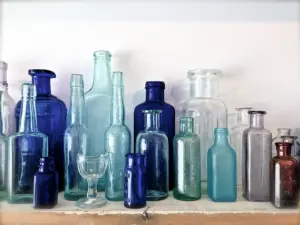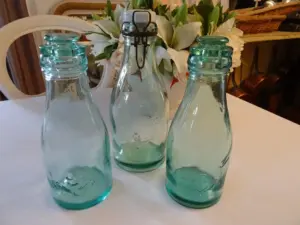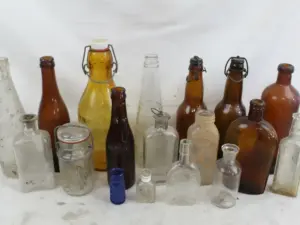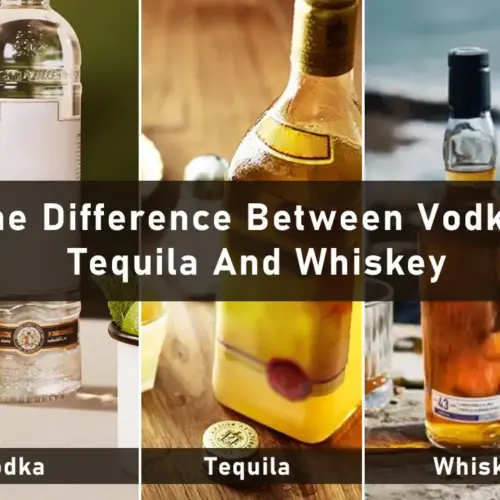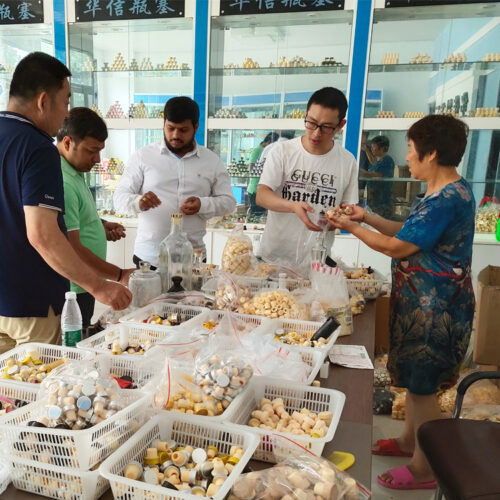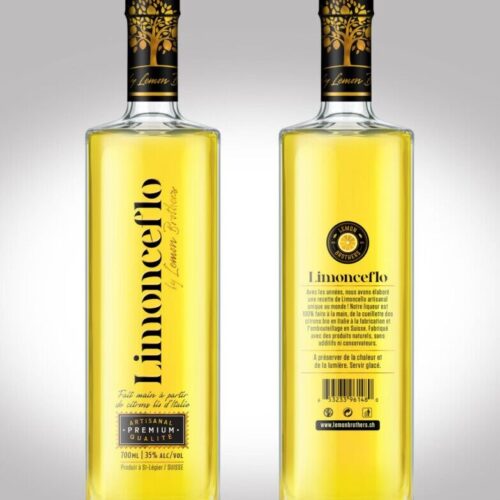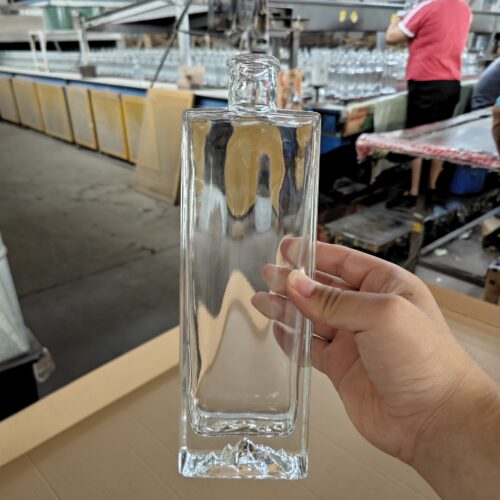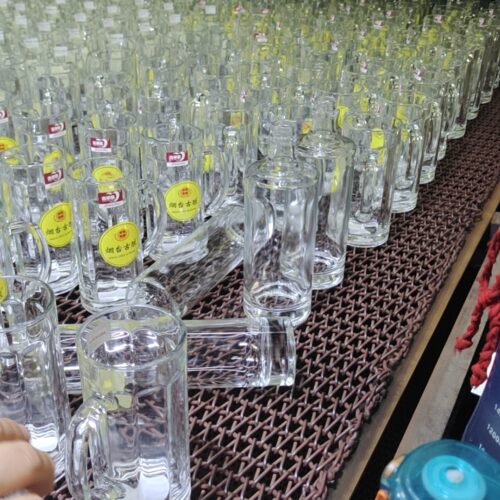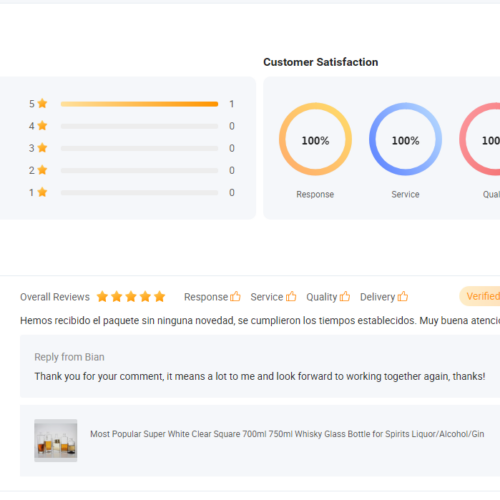Introduction
Do you have a pair of antique glass bottles? It can be tricky whether it is precisely an old bottle or just a sham old design in a modern bottle. You might love to have an antique glass bottle, but ask yourself, how will you evaluate a bottle’s age?
If it is hard for you, relax. We have compiled this guide to help you look at various signs. There are also some essential tips to help you out in this blog. Let’s go through it!
How to identify old glass bottles?
Finding a glass bottle in the backyard or digging out the garage is common. But the question is, is it a treasure or just crap?
Let’s find out by looking at vintage glass bottle identification points.
1. Look at the size of a glass bottle
Trends have changed over the time of an antique spirit bottle. In the 21st century, liquor bottles come in various shapes and sizes. Large sizes of the bottle determine whether it holds a large quantity of chemicals or different liters of wine.
In contrast, a small bottle indicates its transient use in household activities for holding salt or storing pills. Looking at the size will define whether bottle size relates to the 2020s or designers even before the 2000s.
2. Think about shape of glass bottles
It is no hidden fact that bottles from the 1950s have a different shape from the new ones. You can clearly understand how old your bottle is and for what purposes your grandfather or mother has used it.
There are various things to look at, for example, bottleneck, opening size, or dimensions. Here are some tips to find out the use of the bottle.
- Milk bottles. A wide round mouth with a paper enclosure often indicates milk bottles.
- Liquor flasks. Flasks are often with smaller openings.
- Soda Bottles have a round body shape with a varying length of neck.
- Ink Bottles have a wide mouth.
The shape of the bottles can be a definite parameter to evaluate the age of your bottles with screwtops.
3. See The color of the bottle
Do you find the new bottles to be colored, right? That is less likely to be in the old bottles. Most old glass bottles are colorless. Some have colors, such as shades of green or blue. Do you know why? Because they protected the inner liquid from the UV rays. But it is not 100% true that bottle color is related to the light.
Some bottle colors are rarely to be found nowadays in specific designs. For instance, if you have green shades like 7-up bottles, they are probably not new. They either come from the early 2000s or the time before that. Moreover, research to avoid any conflicts on the spot.
4. Find out any labels or embossed parts
Does your old glass bottle have any labels attached to it? If yes, great! You can find out how old your bottle is. It is because of the uniqueness of the old labels. Most of the labels had the company name in the corner to allow you to know about the manufacturer. You can google the company, know its history, and discern whether your liquor bottle is old.
Another good thing is the embossed parts. Some famous companies embossed the bottles to let their users use them for decades without missing those embossed logos or info. Embossed parts will still be bold. If you can’t see them, place a piece of paper and rub it with a crayon. It will show what is on the bottle.
5. Vintage glass bottles with stoppers
The first thing is that you might not find the caps or stoppers in the old bottles. There were fewer technology options in that period, and their caps could also be different from the modern bottles. Suppose you get the caps; what to do then?
There is nothing special to try out except to observe the glass stoppers or caps. There were three primary types of enclosing lids for the antique glass bottles. These were:
- Glass stoppers. They are less likely to get rusted. Plus, there were no designs of damage. What you’ll find will be old textures and designs.
- Metal Caps. Metal caps often have rust due to exposure to water and rust. Signs of wear will be visible on the surface.
- Paper Caps. Milk bottles often had paper caps. If you find it, check out the quality of the paper caps. Old ones will have their papers damaged.
6. Marks Old Bottle Identification
One of the best methods of identifying antique glass bottles is to look at the glass of the bottle. Turn it upside down. Observe the undersurface. Do it carefully so you don’t miss even a minute detail.
Have you found a mark? If yes, rub and notice what is written. Most older companies used to mark the bottles with specific numbers. Sometimes, you can find the manufacturer’s name. If you get a mark, research about it. Find out the company, its manufacturing date, and its current values. It will give an idea of how old your bottle is.
7. Observe the Mouth of a Glass Bottle
Have you ever wondered about the different shapes of the mouth? Some bottles have the perfect round mouth, having a round stopper to close it. Some others might hold a hand-blown mouth. You need to look closely at the design.
For instance, molding lines around the lips moving upward are recent designs. Mold lines around a hand-blow lip can show how old it is. You need to do research about various shapes of mouth and compare them with your antique glass bottles.
8. Know About Thickness of Glass Bottles
Thickness can turn the tide in the favor of old designs. A thick bottle is undoubtedly a sign of its use in soda, milk, or beer. On the other hand, thin bottles are prone to damage and offer less resilience.
Measure the thickness of the bottle and determine its use. Only then can you define whether it is an old one or a new design.
9. Is there any content in the bottle?
It is not just the external look and design that gives us the clue. Sometimes, the content tells where it came from, whether it is a 19th-century bottle, a 20th-century bottle, or even a 21st-century bottle.
Be careful whenever you find a bottle with some content in it. It can be old beer or poison. Or sometimes volatile gas that will vaporize upon voiding the stopper. To avoid severe suffocation, open it in a place with proper ventilation.
Check what material it is. Don’t spill it on the ground, as it can be dangerous. Moreover, handle it carefully. Old wine flavors are not available now. Therefore, you can understand whether it is a new bottle or an old one.
10. Bottle Recent History
Not all antique glass bottles have the same old designs. Some might predict the future because of their unique design. Therefore, it is crucial to know about the history of the bottle design and understand whether it can be valuable to you.
Sometimes, old bottles are reused to pour beer or wine. Whatever bottle you have, where did you get it? Was it covered in mud lying deep down in the ground? It is the ancient one most often. To further confirm, you must research the signs and indications found on the glass bottle.
How do you know the worth of your antique glass bottle?
All the hassles you’ve done and now found a bottle that is old from the 1950s, how do you tell its value? Can you sell it to earn some profits?
Such questions might irritate your nerves. The exact answer lies in the fact:
- How old is your bottle?
- What were its costs in this actual production time?
- Is it a rare piece?
- What is its condition right now?
Several factors affect the value of the bottles. You can sell some bottles on Amazon for $100 or more. But in actuality, you should concentrate on the decoration instead of selling. It can be an excellent ornamental piece, giving you nostalgia for the older people and their lifestyles.
If you want to sell it, go to eBay or Etsy. These have hundreds of antique lovers waiting for your selling. You can make more bucks and bathe in profits. Isn’t it great for you?
Conclusion
Antique glass bottles can be worth hundreds of bucks. Before you jump out of inner happiness, confirm whether they are old designs from the 20th century or periods before that time.
Do you want to buy some quality glass bottles with some old designs? Contact the team at Ruisen Glass. We are a top glass bottle manufacturer famous for our flawless bottles. You’ll get quality with contemporary designs of a liquor bottle or wine bottle. Enjoy your adventure now!

